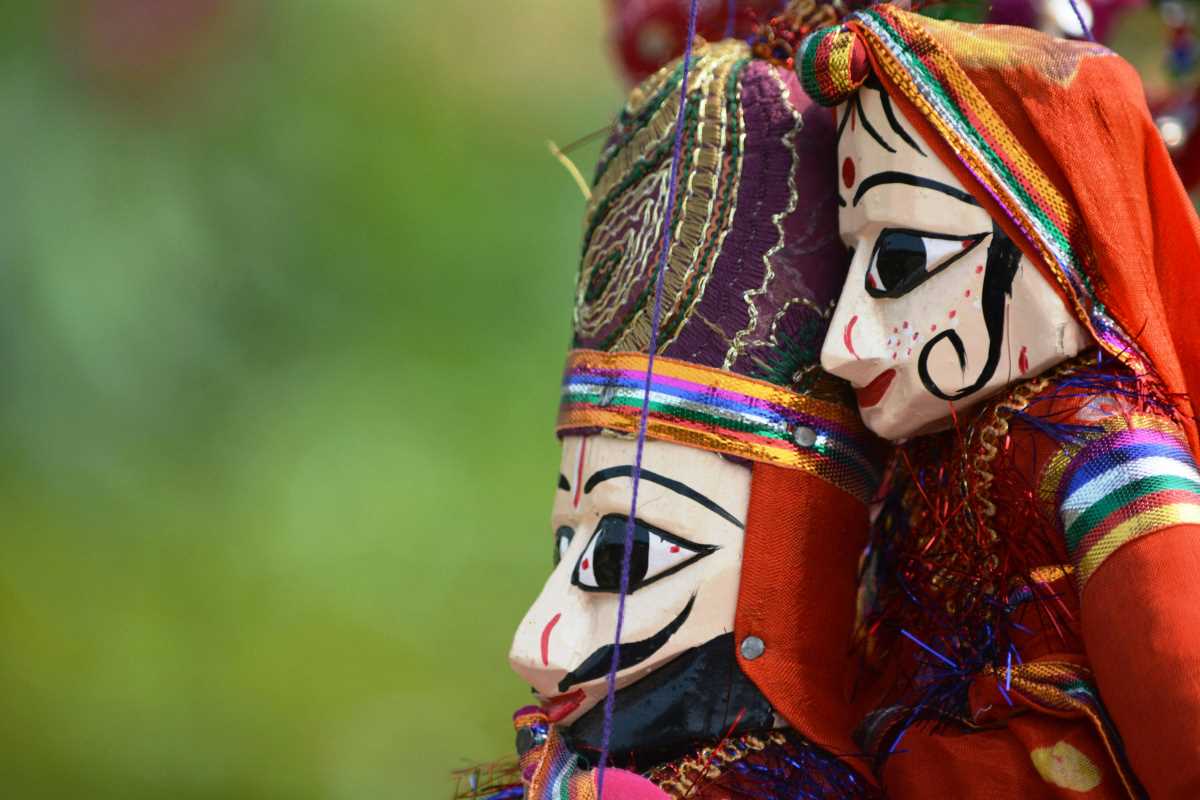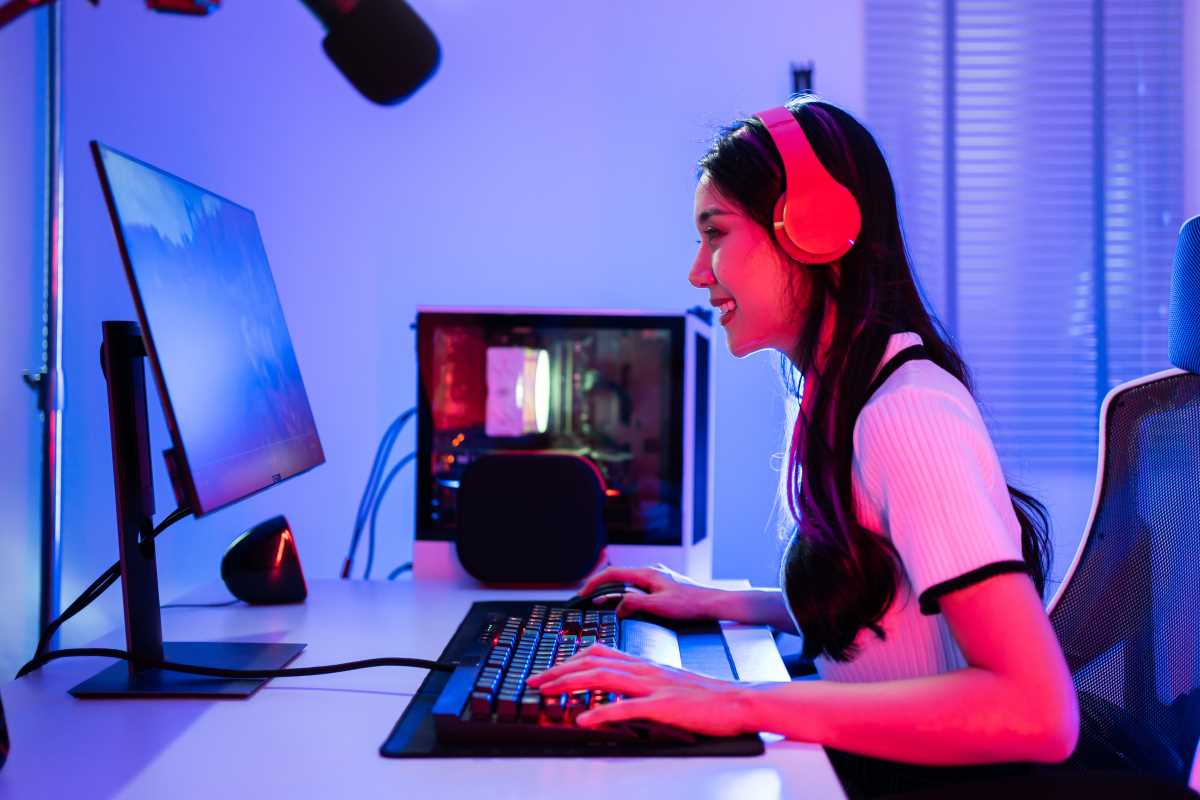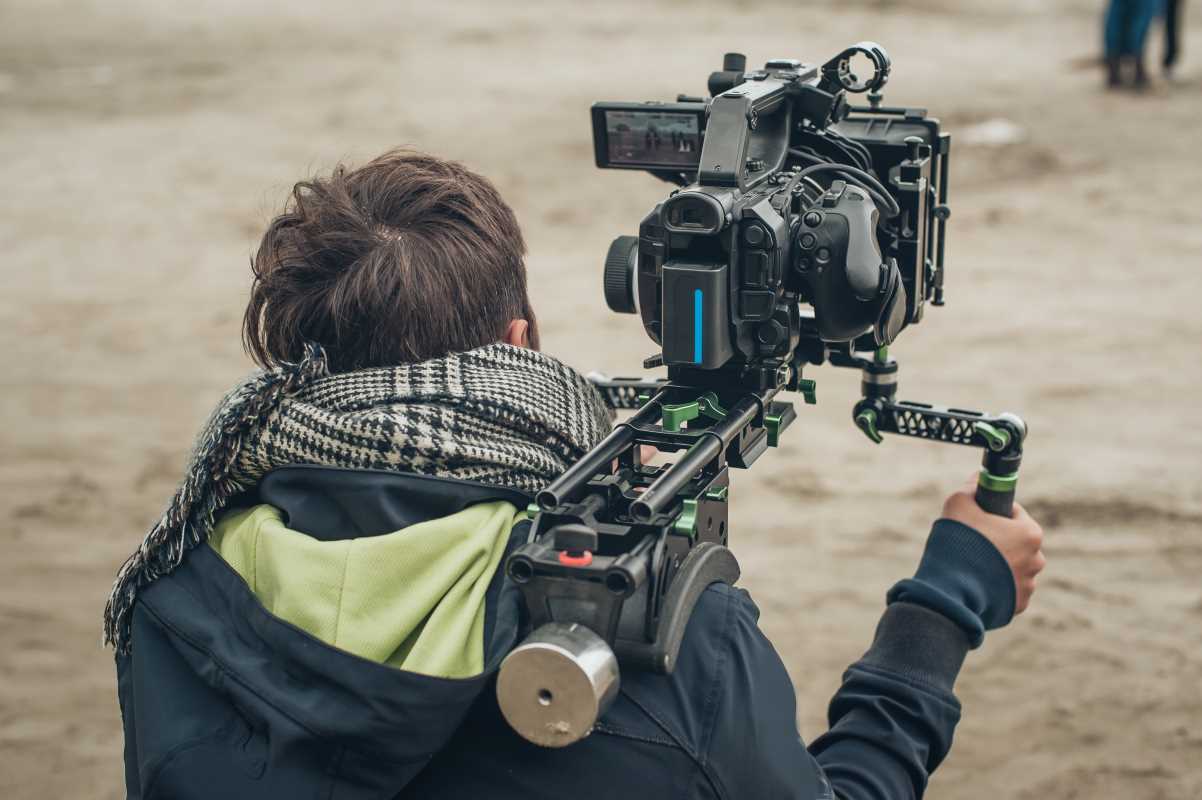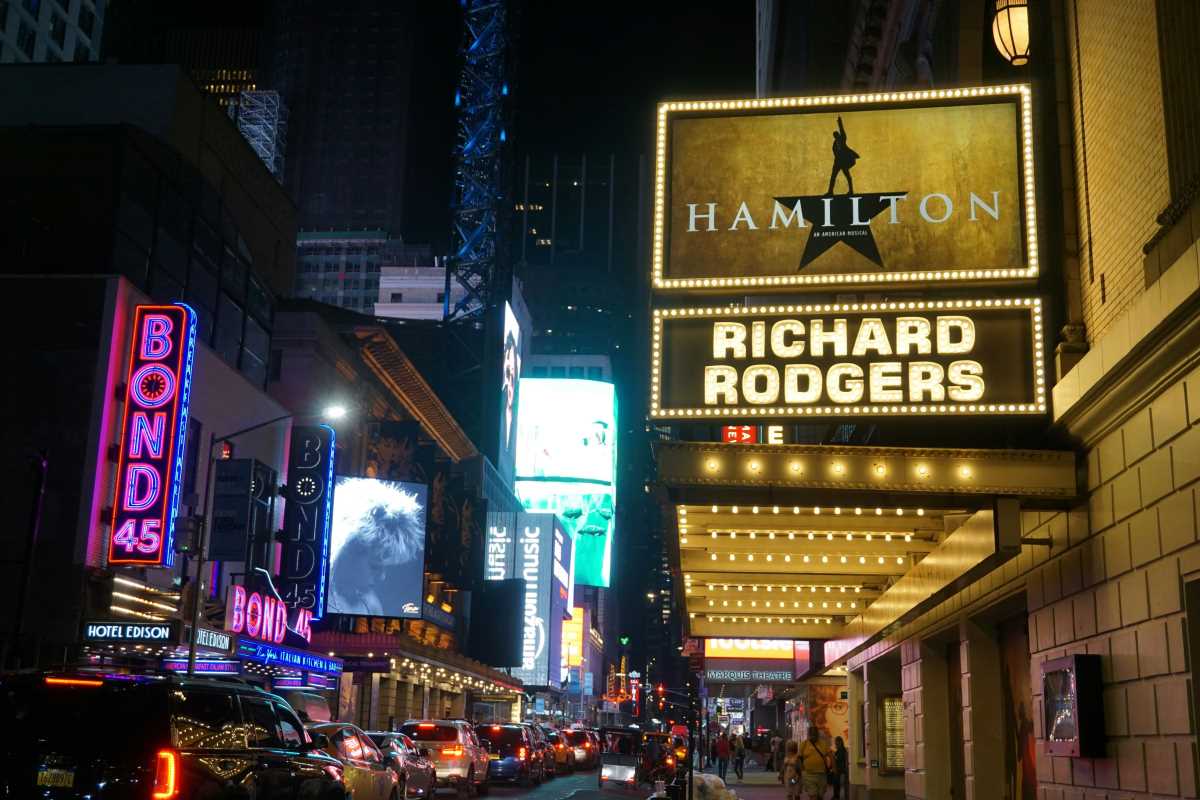Colorful puppets bring stories to life, drawing people into a vibrant world shaped by tradition and creativity. Each performance weaves together cultural roots and artistic skill, turning simple materials into characters full of personality and emotion. As wooden marionettes and hand-crafted figures dance across the stage, they invite everyone to share in timeless tales that connect the past with the present. Through expressive movement and storytelling, puppetry continues to charm viewers, showing that even the most humble stage can ignite imagination and spark a sense of wonder that lasts long after the curtain falls.
Audiences find themselves immersed in a rich tableau of emotions and symbols as vibrant puppets bring ancient legends and epic tales to life. This art form remains a testament to human creativity and resilience, drawing on traditions that span continents and eras.
The Rich History and Cultural Significance of Puppetry
Puppetry traces its roots to ancient civilizations where performers crafted figures to narrate myths and moral lessons. Cultures from Asia to Europe embraced puppetry as both entertainment and a medium for social commentary. These performances evolved in outdoor markets, royal courts, and intimate family settings, each adding layers of cultural significance and regional flavor. From shadow puppetry in Southeast Asia to marionette shows in Europe, puppetry has maintained its allure over the centuries.
The significance of puppetry extends beyond mere performance. It acts as a living archive of traditions, beliefs, and communal values. Every movement, voice, and gesture embodies historical context and artistic expression. Audiences connect with these stories because they evoke a sense of shared heritage and remind us of the enduring power of narrative to shape cultural identity.
Unforgettable Puppet Performances Around the World
Across continents, performers continue to reimagine puppetry with innovative techniques and timeless traditions. The following examples highlight a few of the most memorable performances that have captivated global audiences:
- Wayang Kulit from Indonesia – This shadow puppet theater projects intricate figures onto a screen, weaving together religious myths and local legends with mesmerizing artistry.
- The Punch and Judy Show in Europe – A cheeky, humorous performance that delights audiences with its fast-paced action, slapstick humor, and vivid characters.
- Kathakali Puppetry in India – Combining traditional dance with elaborate puppetry, performers embody stories from ancient epics, engaging viewers through vibrant gestures and meticulous detail.
- Marionette Theatre in Italy – Celebrated for its exquisite craftsmanship and dramatic narratives, these shows blend classical music with finely tuned puppets that move with an almost human grace.
Each performance offers a unique glimpse into the cultural backdrop of its region, highlighting puppetry’s ability to transcend language barriers and deliver universal emotions. These art forms continue to evolve while honoring a rich legacy of tradition, creativity, and historical narrative.
Puppetry not only entertains but also educates, allowing audiences to embark on a journey through time and geography without leaving their seats.
Reimagining Old Tales with Puppetry
Puppetry breathes new life into time-honored tales, transforming them into lively experiences that resonate with modern tastes. Performers skillfully adapt ancient lore into compelling narratives that engage contemporary viewers. Traditional themes find fresh expression in the hands of artists who blend ritualistic precision with spontaneous creativity, enabling age-old stories to strike new chords in today’s world.
These approaches offer fresh ways to reinterpret revered narratives:
- Reinventing characters with layered personalities that reflect modern complexities while honoring their historical roots.
- Incorporating regional folklore into staged spectacles, providing a unique lens on age-old myths and inspiring community pride.
- Using multimedia elements such as soundscapes and digital backdrops to enhance storytelling without diminishing the tactile charm of manual puppetry.
- Adapting scripts to explore contemporary themes of diversity, resilience, and social harmony while keeping the essence of traditional legends.
These techniques not only preserve the integrity of ancient narratives but also ensure that the lessons and emotions embedded within them continue to resonate. Audiences witness a seamless blend of the old and the new, offering a perspective that is both nostalgic and refreshingly modern.
Through these creative processes, puppetry revitalizes cultural heritage and encourages a deeper understanding of folklore's relevance in today’s world.
Puppetry and Its Connection to Other Cultural Arts
This art form naturally intersects with various cultural traditions, creating multidisciplinary performances that captivate audiences. Traditional dance, music, and costume design often serve as complementary elements in puppet shows. They improve visual storytelling and honor the diverse roots from which puppetry originates.
Collaborations between puppeteers and practitioners of other art forms amplify the sensory experience of each performance. Audiences can explore how movement in dance parallels the fluidity of puppet manipulation, adding layers of meaning to both the narrative and the performance itself. In some shows, the interaction between dance and puppetry offers clues about the origins of ancient stories, showcasing a vibrant tapestry of interwoven traditions.
How to Experience or Support Puppet Performances Today
Modern audiences can actively seek out and support these unique shows in several engaging ways. Local theater groups and cultural centers often host puppet performances that offer an intimate setting to experience this art form. Bookings for live events are regularly updated, ensuring that enthusiasts can find performances in various settings, from historic venues to contemporary art spaces.
Explore community festivals and arts programs that feature puppet shows as part of broader cultural celebrations. Many cities host seasonal events where traditional and modern puppet performances appear. Supporting independent productions by purchasing tickets, volunteering, or even simply sharing information on social media helps keep this vibrant art form thriving. Local workshops and interactive sessions allow interested individuals to try their hand at puppetry, fostering a personal connection to the craft.
The Evolution of Puppet Performances
Puppetry blends traditional techniques with modern technology—using carved figures, digital projections, and live music. Artists preserve its cultural roots while exploring new forms and stories.
Each performance bridges past and present, proving that puppetry continues to inspire and captivate audiences.
 (Image via
(Image via





